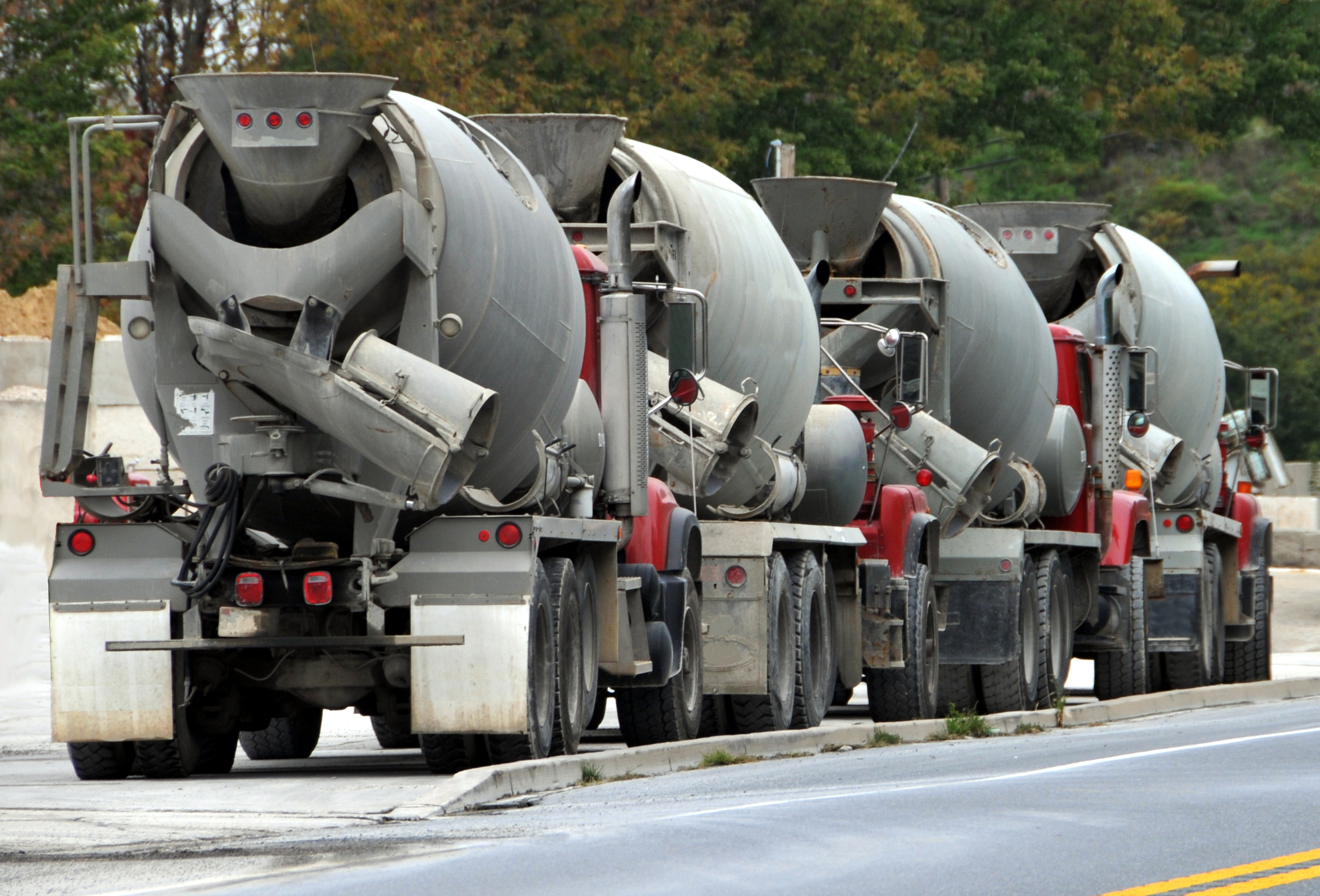Posted on July 22, 2021
In 2015, XPrize announced a five-year, $20 million carbon removal competition. It sought to spur innovative technologies that reduce atmospheric carbon. In April, 2021, XPrize announced two winners. CarbonBuilt and CarbonCure would split the $15 million first place money. Semifinalists shared in the remaining $5 million.
Peter Diamandis founded the XPrize Foundation in 1994. One way to accelerate the pace of change is to reward innovation. XPrize does just that.
Both winners developed technology that sequesters CO2 in concrete. CarbonBuilt’s technology strengthens concrete while cutting its carbon footprint by half. CarbonCure’s idea is to carbonate the water used to clean cement trucks. The concrete-strengthening slurry is then added to mixes.

PA Plant selects CarbonCure
The Conewago plant in Hanover, PA, uses CarbonCure's technology. Installation took just two days, and there was no interruption to production. Conewago confirmed that seven and 28-day tests met strength standards.
Conewago already uses CarbonCure in 98.8 percent of its mixes. Conewago estimates it saved 343 tons of CO2 during its first nine months with CarbonCure. This is equal to the amount absorbed by 448 acres of forest each year. Furthermore, the company achieved 7.5 percent ROI. This easily exceeded the one-percent target.
Addressing Carbon Emissions
The concentration of CO2 in the earth’s atmosphere now stands at 420 ppm. This is 50 percent more than before the Industrial Revolution (IR). Humanity is on pace to double pre-IR CO2 levels by 2060.
Today, the United States emits five billion metric tons of CO2 every year. That’s the weight of the Washington Monument times 68,000.
An animated graph from NASA tracks global temperature anomalies since 1880. The atmosphere is now two degrees (Fahrenheit) warmer than pre-IR. A two-degree swing in either direction is significant. A mean annual drop of 1.1 degrees F was all it took to bring about the so-called Little Ice Age (1300-1850).
The Washington Post graphs how CO2 increases as air temperatures rise.. This drives more extreme weather events that increase demand for more resilient structures. Concrete is an ideal building product when resilience is a must.
New $100 Million XPrize Competition
On Earth Day 2021, XPrize announced it was partnering with Elon Musk for another carbon removal competition. Prizes will total $100 million. The top prize is $50 million. A winning entrant must show that its carbon removal/reduction technology can scale to one gigaton per year. That’s a lot of carbon. To put it in perspective, NASA says that 10,000 fully loaded aircraft carriers weigh one gigaton.
New technology capable of removing at least a gigaton per year would be significant. Global CO2 emission were 36.4 gigatons in 2019. The pandemic resulted in a temporary drop to 34 gigations in 2020. Natural carbon sinks absorb some CO2. It is distributed in the air (44%), the water (26%) and the land (30%). While absorption by trees and plants is an ideal form of carbon removal, it is not sufficient. CO2 that remains in the atmosphere warms it. CO2 absorption in the oceans makes them more acidic.
Other Accolades
There are other ways to reward carbon removal and reduction efforts. Energy Star certification is one of them.
EnergyStar certified cement plants
The ENERGY STAR Industrial Program has certified manufacturing plants since 2006. To qualify, they must be in the top 25 percent of energy performance in their respective industry. Thirteen cement plants are among 95 U.S. manufacturing facilities receiving EnergyStar certification in 2020. The EPA announced the winners in March, 2021.
Heliogen wins Time award
Heliogen is one company with gigation per year carbon reduction aspirations. Time magazine recognized the company’s HelioHeat as one of its “Best Inventions of 2020.” Tens of thousands of computer-controlled mirrors direct concentrated sunlight toward a tower. To better visualize the concept, think of the installation as a giant magnifying glass. Heliogen employs artificial intelligence (AI) to optimize the reflective efficiency of mirrors.
Heliogen’s high-temperature solar technology replaces fossil fuels with sunlight. The company claims it is viable for a variety of industrial processes, including cement production. It can also store captured energy as heat to power nighttime operations. Company founder Bill Gross hopes that further advances will harness sunlight to produce hydrogen fuel.
In March 2021, Heliogen advanced its mission. Rio Tinto announced it would use the technology at a California mine. The mine is in Boron, CA, just outside of Edwards AFB. The facility currently relies on natural gas to generate steam. Rio Tinto says Heliogen’s technology will cut the mine’s carbon emissions by seven percent. Ultimately, the company believes it will lead to 24 percent reductions.
Continuing Quest for Net-Zero Concrete
A variety of plans and proposals seek carbon-neutral concrete within three decades. While the pursuit of carbon neutral concrete is no longer a pipe dream, much work remains. For example, McKinsey cites potential sources of reduced emissions in the concrete industry. However, its projections rely on “new technologies” to achieve emissions goals.
Recently, the California Nevada Cement Association (CNCA) published its carbon neutrality plan. It seeks net-zero concrete by 2045.
CNCA’s recently announced a roadmap calling for:
Reduced emissions in the manufacturing process
The use of fuel switching to reduce combustion emissions
Increased generation of distributed electricity
About PACA
The Pennsylvania Aggregates and Concrete Association (PACA) highlights industry developments here at SpecifyConcrete.org. Should you have further questions, please contact us today.
